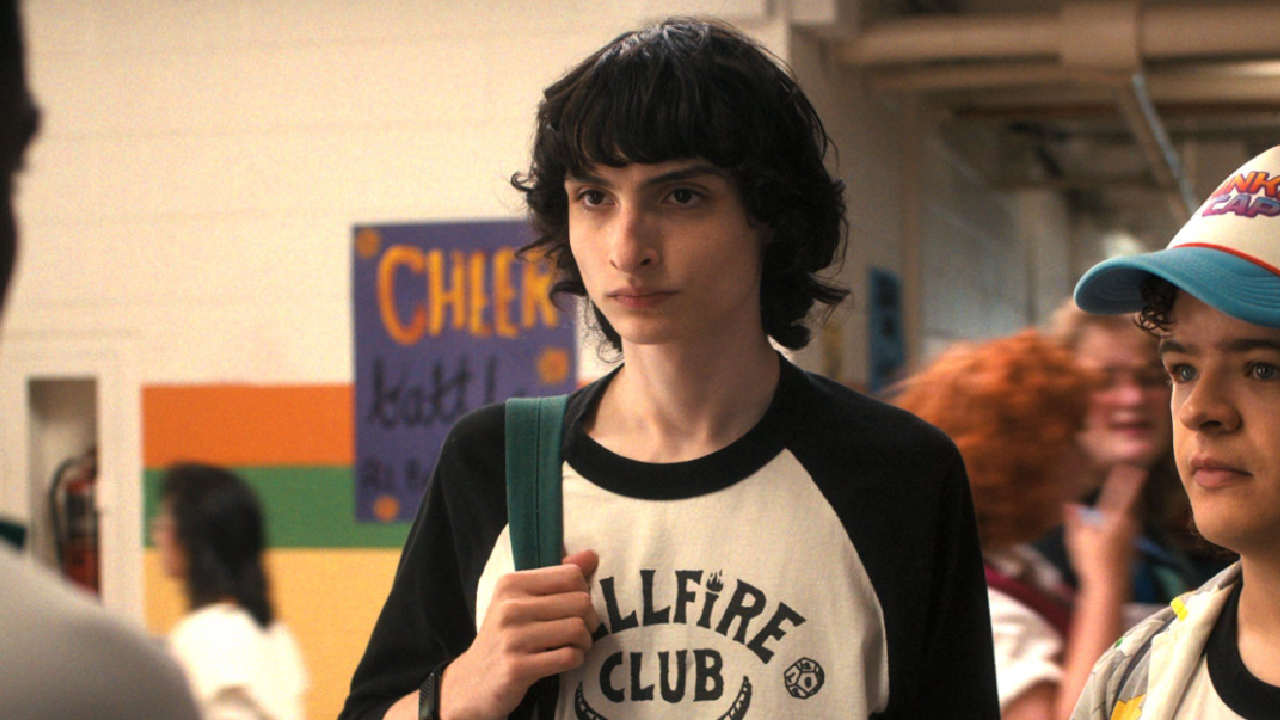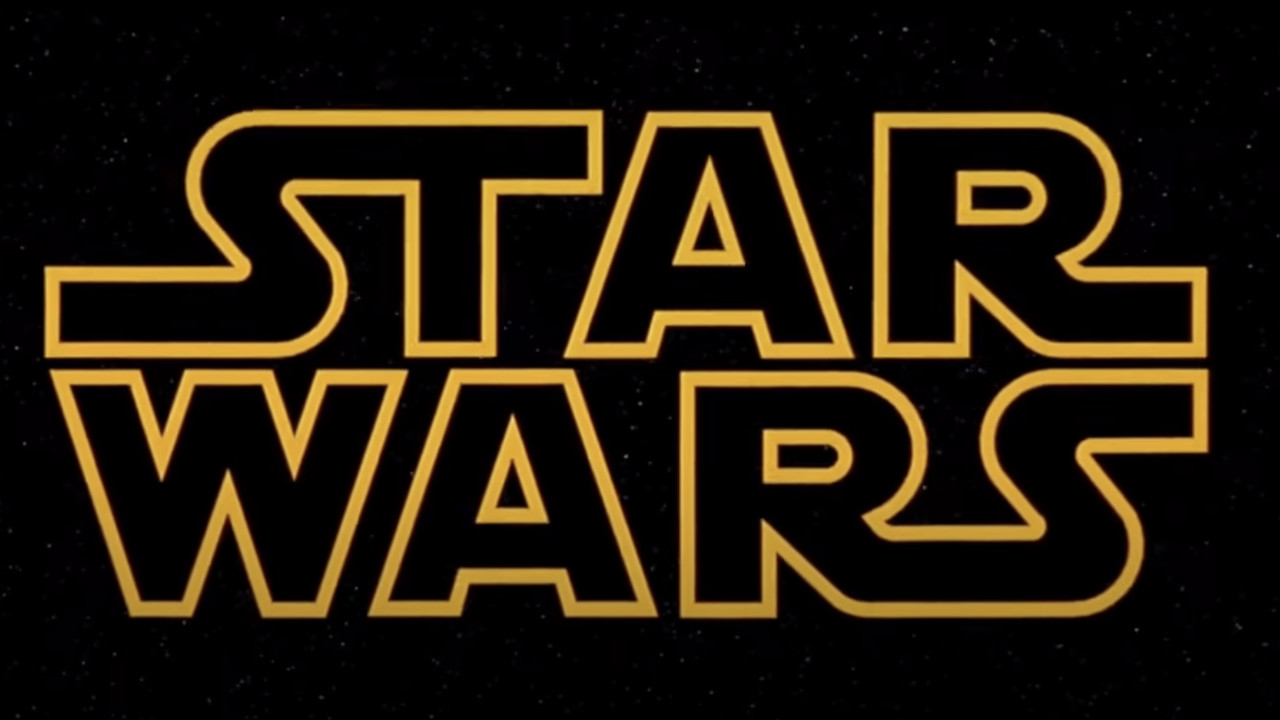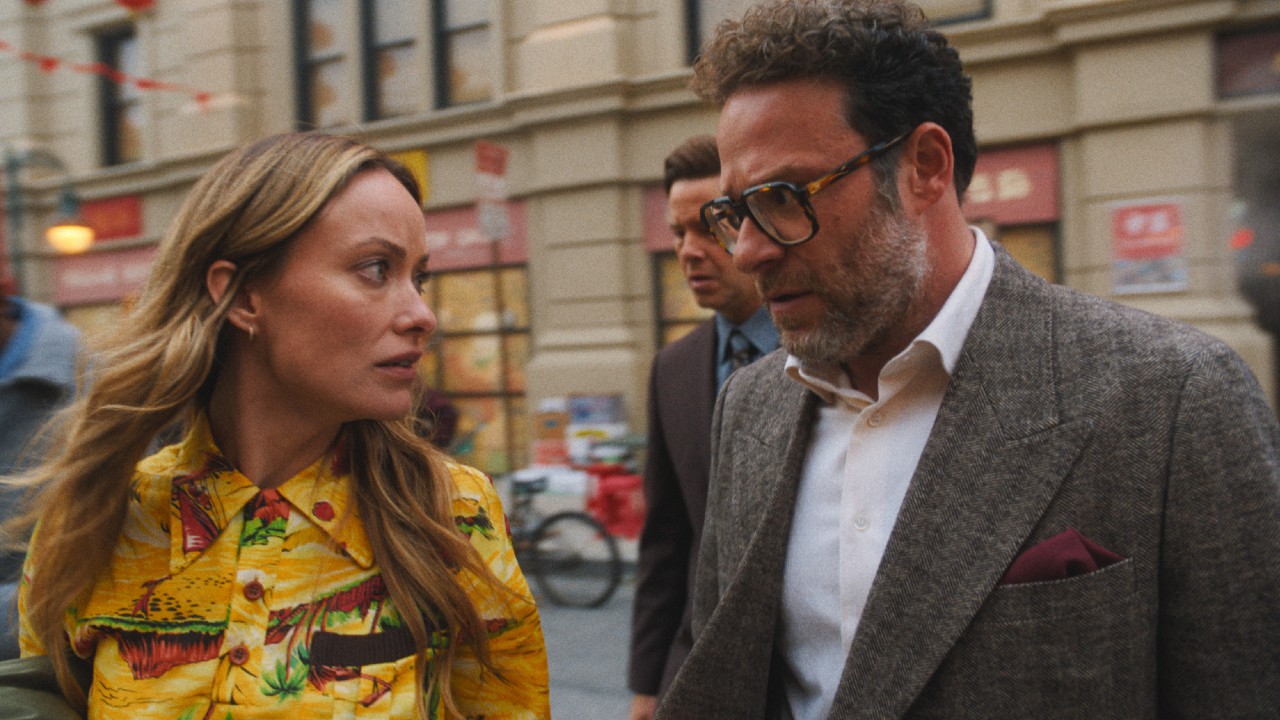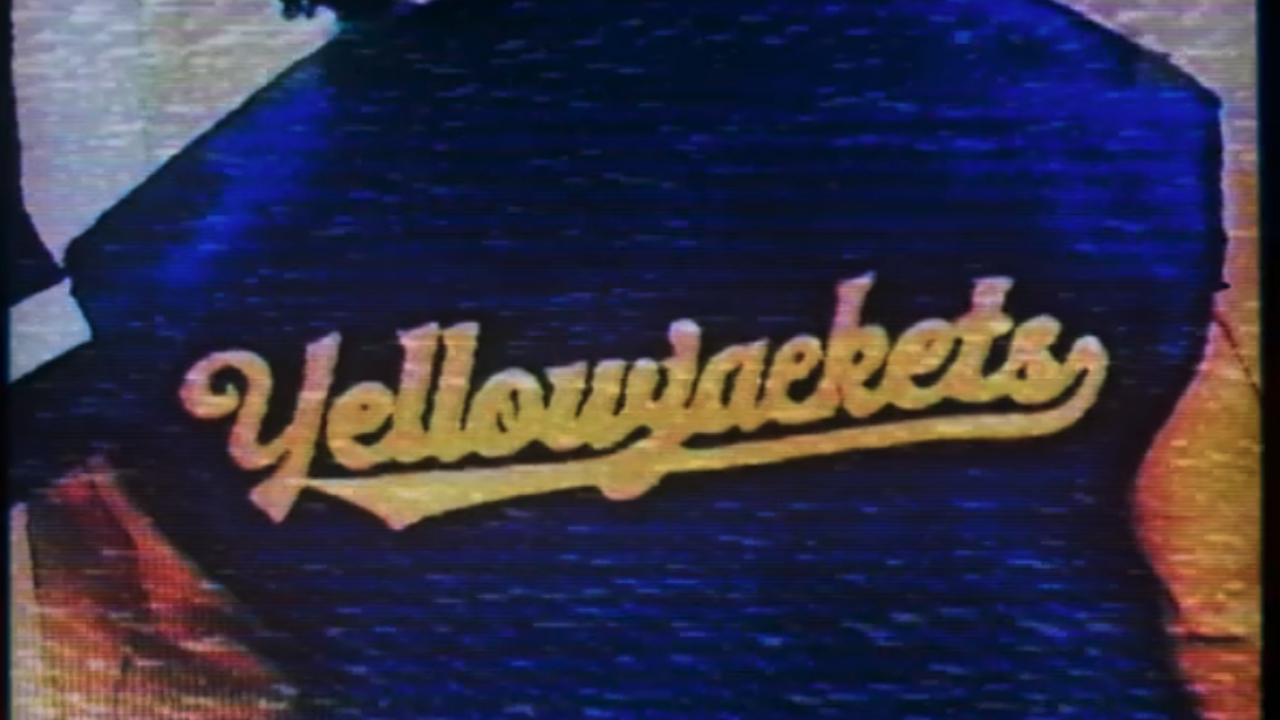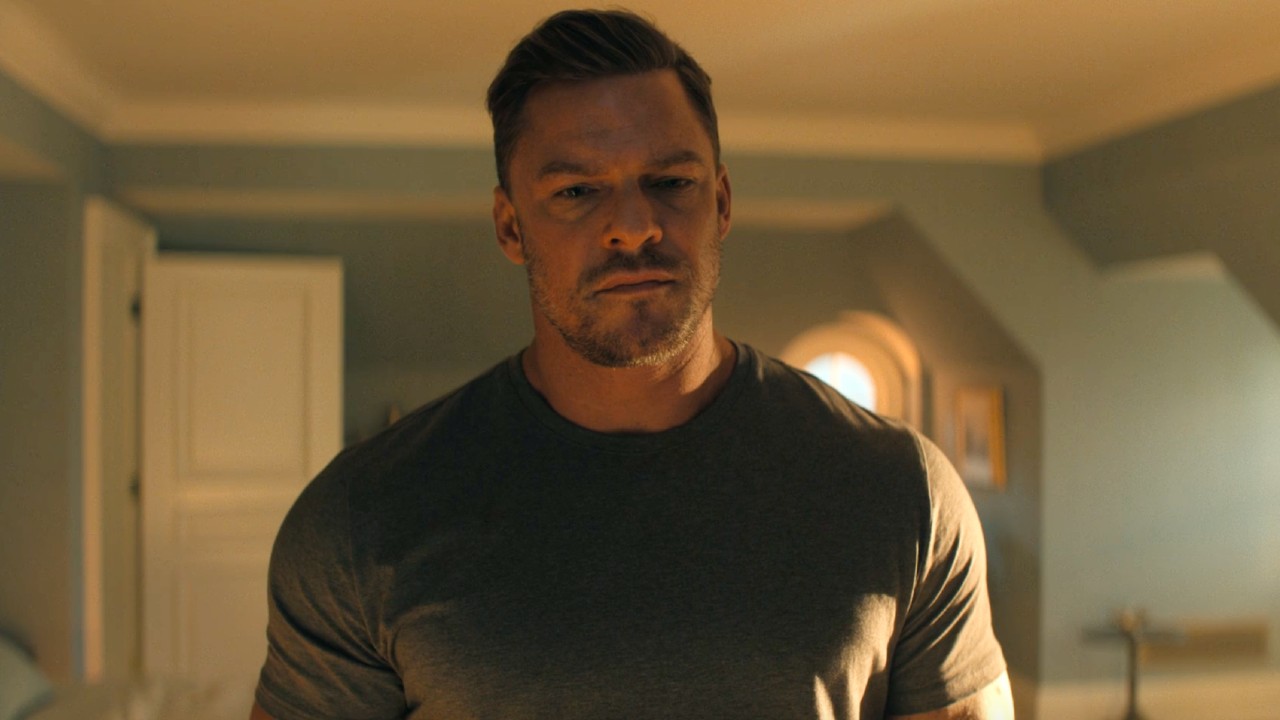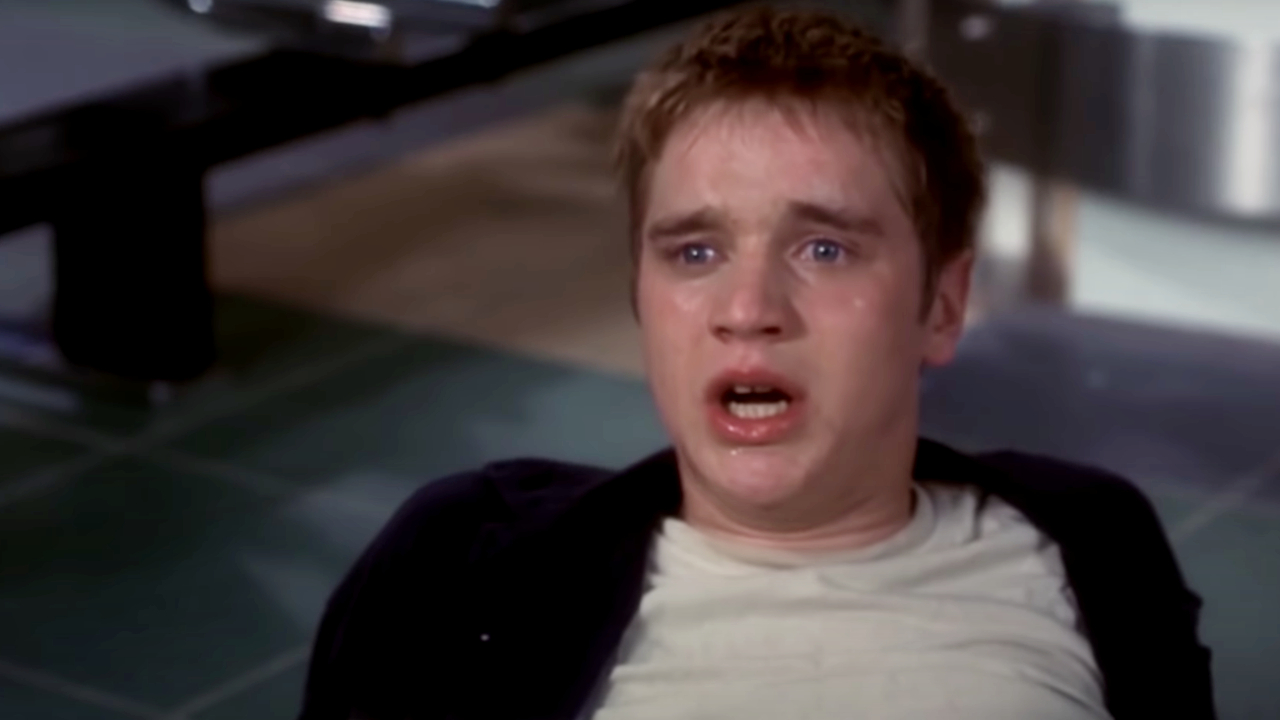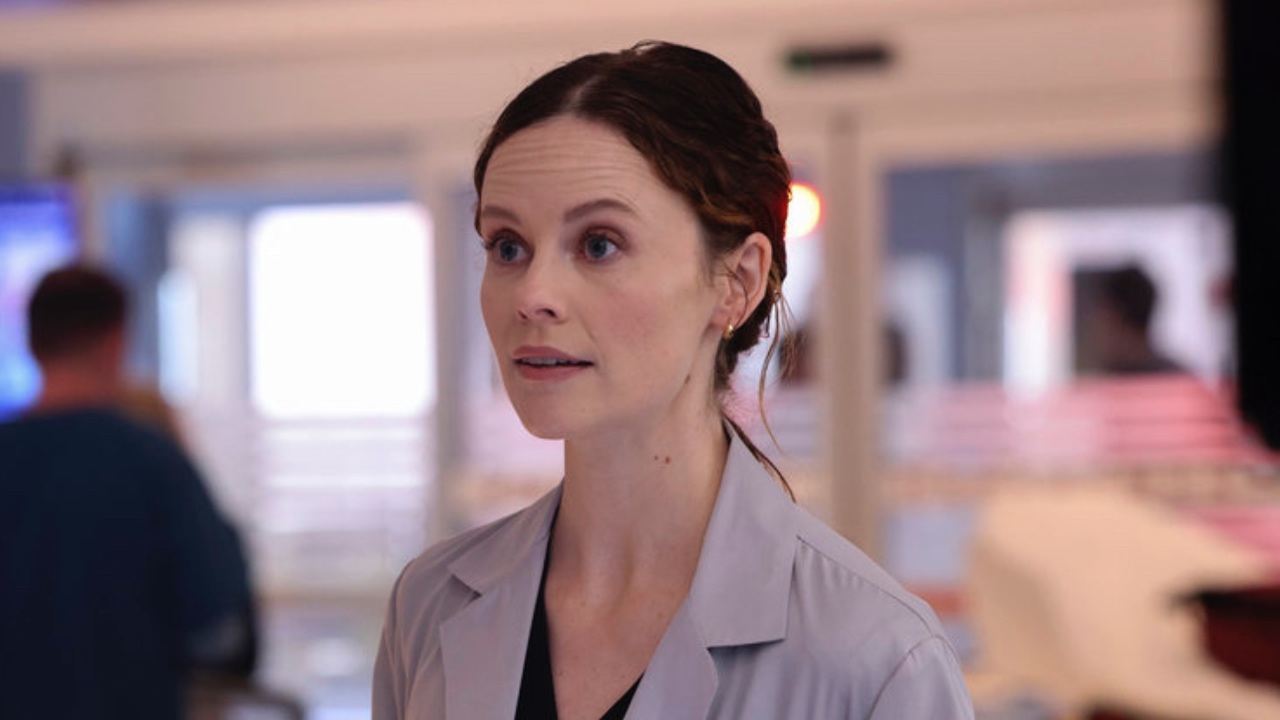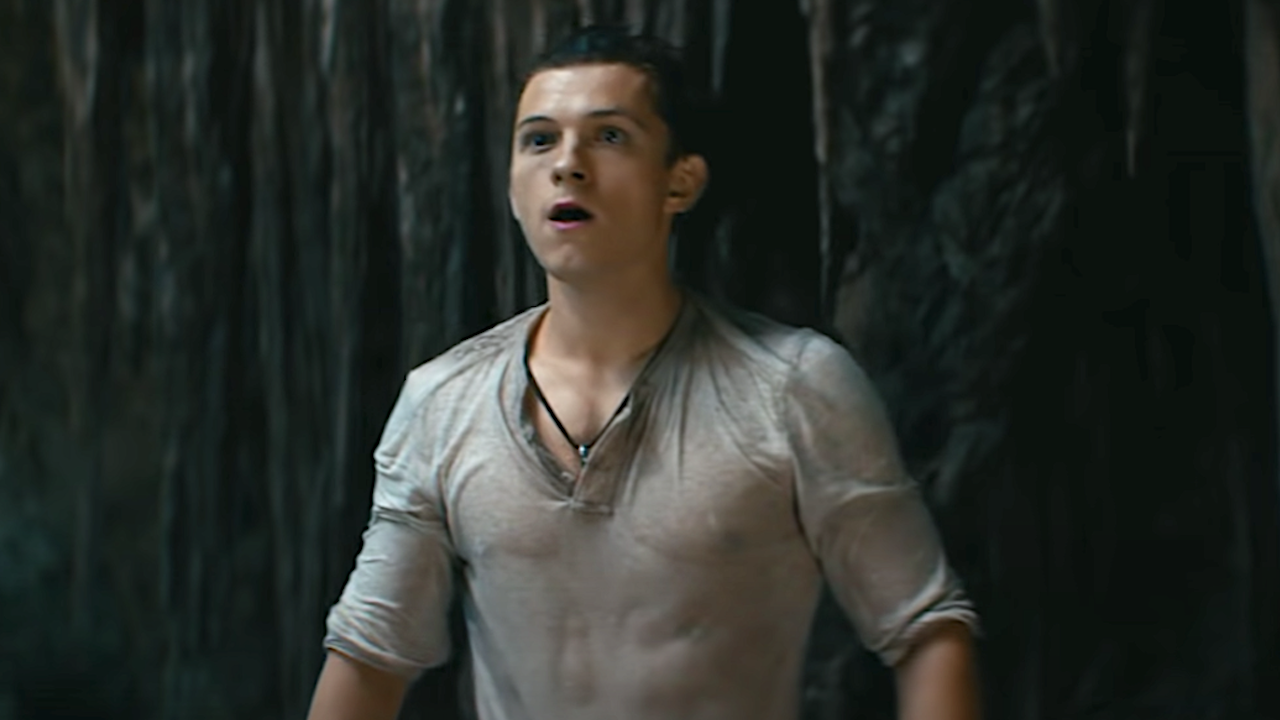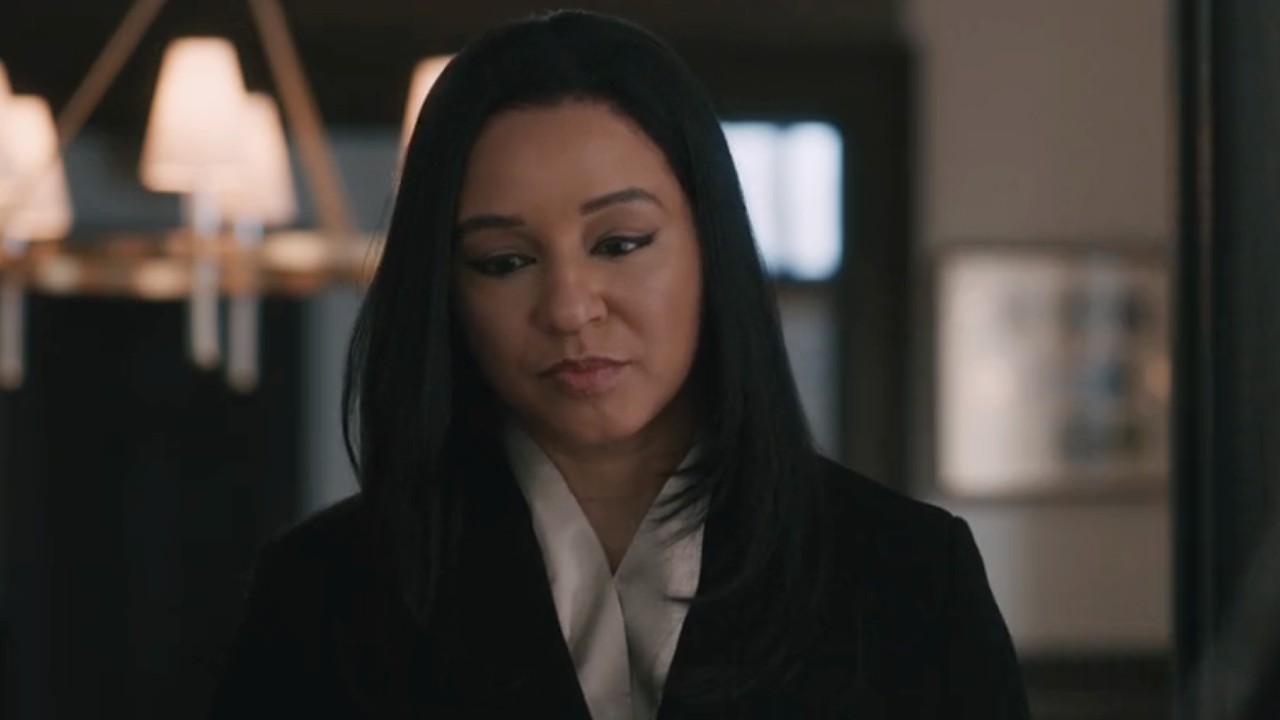What You Need to Know About The MCU Before Seeing Spider-Man: Homecoming
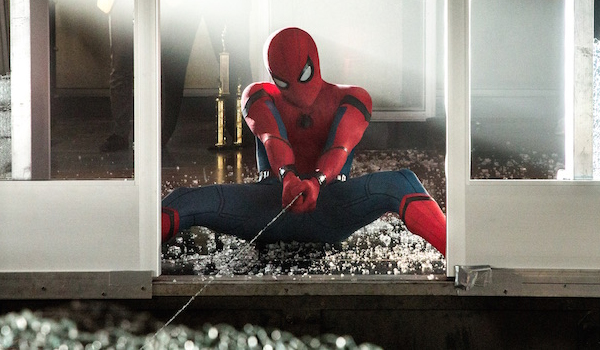
It's kind of hard to believe, but Jon Watts' Spider-Man: Homecoming marks the 16th feature film in the Marvel Cinematic Universe. The major comic book franchise has come a long way since Tony Stark built an arc reactor in a cave with a bunch of scraps, and while there are plenty of hardcore fans who hang on every detail, there are many who find themselves lost in the constantly expanding continuity. It's those latter individuals who we hope to help with this feature.
Below and on the next few pages we've put together this guide explaining absolutely everything you need to know about the Marvel Cinematic Universe before buying your ticket for Spider-Man: Homecoming. It's completely SPOILER-FREE, so don't worry on that front, and prepare for an in-depth analysis of some of the most important people and events to learn about prior to seeing the latest Marvel blockbuster.
Peter Parker/Spider-Man
We haven't seen the specific origin of Tom Holland's Spider-Man play out in the Marvel Cinematic Universe, but his small part in Captain America: Civil War did clue us in to what he's all about. Like most Peter Parkers before him, this one lives in Queens, New York with his Aunt May (Marisa Tomei), and uses both powers courtesy of a radioactive spider bite and his own creative ingenuity to stop street level crime in the city. He's also by far the youngest superhero in the Marvel Cinematic Universe, as he's only a sophomore in high school.
Peter started suiting up in a homemade costume and practicing "with great power comes great responsibility" shortly after the death of his Uncle Ben, but his hero game gets taken up a few notches when Tony Stark (Robert Downey Jr.) takes him in as part of the Stark Internship Program (which winds up suiting as a nice cover story for Peter to tell Aunt May and his friends in Spider-Man: Homecoming). Thanks to his participation in the Leipzig-Halle Airport battle against Captain America, he has a fancy Stark-designed Spider-Man suit to work with -- and as you'll see in the new solo film, it provides him with an impressive number of cool tricks kept up his sleeve.
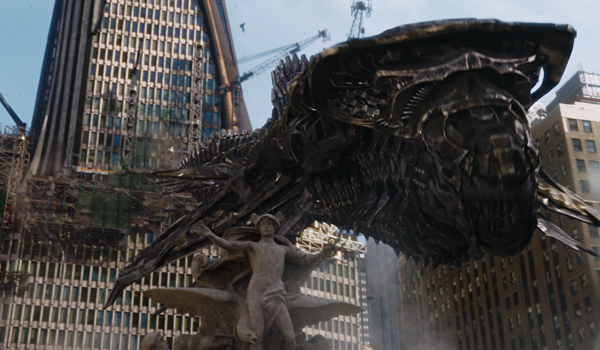
The Battle Of New York
The Age of Heroes was arguably ushered in with the arrival of Tony Stark's Iron Man in the Marvel Cinematic Universe, but it wasn't really until a few years later that the world would truly change forever. Following the instructions of the galactic overlord Thanos, the Asgardian prince Loki (Tom Hiddleston) led an alien invasion of Chitauri to not only invade the streets of New York, but take over planet Earth. What they did not count on, however, was the unification of The Avengers: Iron Man, Captain America, Thor, Hulk, Hawkeye, and Black Widow.
Thanks to the strength of the superhero team, the Chitauri invasion was contained to New York -- but boy did they make one hell of a mess. Air assault vehicles and massive Leviathans not only completely destroyed buildings and sections of Manhattan, but even when everything died as a result of the mothership exploding there was still a whole lot of clean-up required. This was terrible for many, but it turns out one man who wound up trying to benefit from the disaster was none other than Adrian Toomes (Michael Keaton). As audiences will learn in Spider-Man: Homecoming, however, this plan doesn't wind up going quite how he wants.
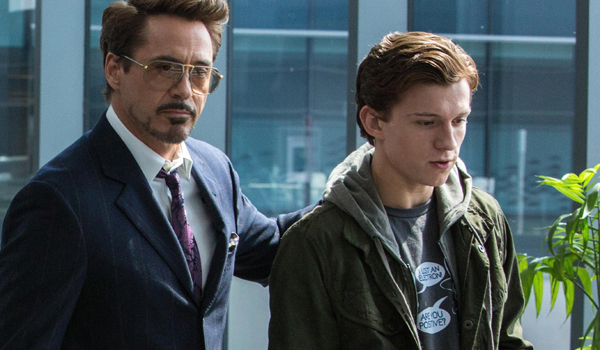
Tony Stark/Iron Man
Tony Stark has gone through quite a lot in the last nine years. At first he was an arrogant billionaire who sold weapons without caring about consequences. Then he was reformed and became an independent superhero... but that was followed by a bout of intense paranoia regarding the end of the world, leading to him nearly destroying it himself with the creation of Ultron. Most recently -- which is to say in Captain America: Civil War -- he has become far more conservative, and a staunch supporter of control over superhero activities. This goes a long way in defining the particular relationship he has with Peter Parker throughout Spider-Man: Homecoming.
CINEMABLEND NEWSLETTER
Your Daily Blend of Entertainment News
While Tony did give Peter a special Spider-Man suit so that he could be of assistance in the aforementioned Leipzig-Halle Airport battle, he by no means wants the young Queens teenager to go out and start trying to save the world. He's seen far too much collateral damage for one decade, and doesn't want to see a kid putting people in harm's way while trying to play "hero." A perfect example of this is the fact that he keeps metaphorical training wheels on the capabilities of Peter's suit -- though he doesn't count on Peter's intelligence allowing him to find a way to get around those protocols.
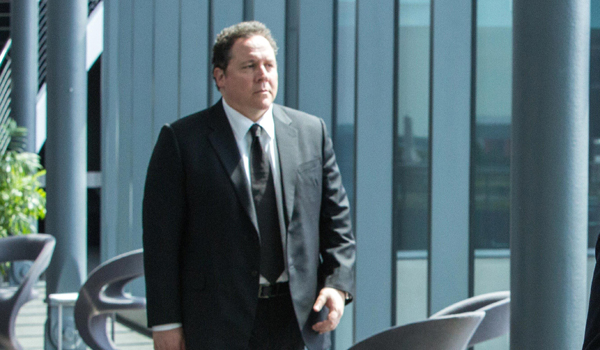
Happy Hogan
Given that he is Tony Stark's right hand man, Happy Hogan (Jon Favreau) has himself gone through a lot since we first met him in the first Iron Man -- and outside of a long bout of unconsciousness during Iron Man 3 most of that has included job description changes. He started as Tony's driver, graduated to bodyguard (a bit ridiculous given who he was protecting), and then was named (Fore)head of Security for Stark Industries when Pepper Potts (Gwyneth Paltrow) took over the operation.
Unfortunately, all of these gigs have left Happy just a bit disgruntled -- and things don't really get better by the time we catch up with him in Spider-Man: Homecoming. It turns out that he was ordered to essentially be Peter Parker's babysitter during the events of Captain America: Civil War, and had the task of escorting the young hero to Germany for the showdown. Things don't get much better for him either, as Tony winds up giving Peter Happy's phone number so that he can regularly check in about his progress as a web-slinging superhero. Fortunately, while Happy may not really live up to his name much anymore emotionally, he still has that effect on audiences.
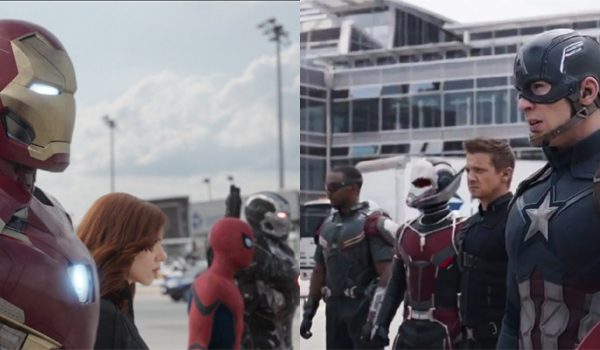
The Sokovia Accords And The Superhero Civil War
Despite the success with Captain America in the 1940s, the world in the Marvel Cinematic Universe never really made any preparations for the existence of superheroes. As a result, the beginning of the Age of Heroes featured zero regulation or oversight on metahuman activity... and a lot of people wound up dying because of it (I'll refer you back to the section about the Battle of New York). As a means of adjustment, it was agreed upon by nations of the world that international laws be put into place to govern the activity of these individuals. It was from this that the Sokovia Accords were born.
The basic plot of Captain America: Civil War is all about these laws, and the fact that the Avengers are entirely split on whether to comply or rebel. The fallout of the in-fighting results in most of the heroes -- including Captain America, Hawkeye, Black Widow, Ant-Man, Falcon, Scarlet Witch, and The Winter Soldier -- going on the run as fugitives, while Iron Man, Vision, a disabled War Machine, Black Panther and Spider-Man continue to operate inside of the law. Given that Spider-Man: Homecoming takes place two months after all this goes down, it basically defines the atmosphere in the MCU regarding costumed heroes.
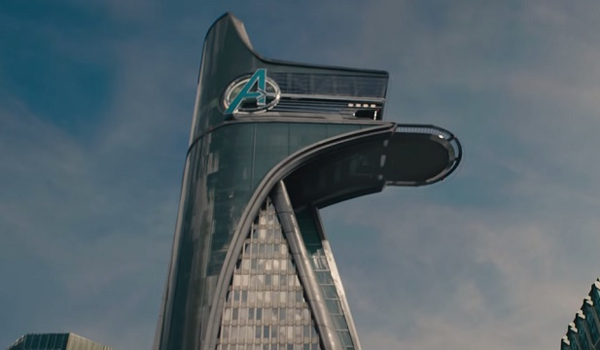
Avengers Tower And The Avengers Campus
Going back through decades of history, you can't really call yourself a superhero team without having a badass superhero headquarters, and the Avengers of the Marvel Cinematic Universe are no exception. When they first joined up after the Battle of New York, the Stark Tower in New York was converted to the Avengers Tower, and it was there that a whole lot of trouble started brewing in Avengers: Age of Ultron. Fortunately, it was around that time that the team also broke ground in a new location -- specifically one in upstate New York -- and both locations wind up factoring into Spider-Man: Homecoming.
Specifically, there's a big move happening while the narrative in Jon Watts' film is progressing -- all being organized and orchestrated by none other than Happy Hogan (he has to do something when not listening to endless voicemails from Spider-Man). We learn in the movie that all of the Avengers operations in Avengers Tower are being moved to the Avengers Campus -- presumably as a means of removing a lightning rod from the middle of Manhattan. The campus was previously not only featured in Avengers: Age of Ultron, but also in Ant-Man (where it was the location of an epic battle between the titular hero and Falcon) and Captain America: Civil War.

Eric Eisenberg is the Assistant Managing Editor at CinemaBlend. After graduating Boston University and earning a bachelor’s degree in journalism, he took a part-time job as a staff writer for CinemaBlend, and after six months was offered the opportunity to move to Los Angeles and take on a newly created West Coast Editor position. Over a decade later, he's continuing to advance his interests and expertise. In addition to conducting filmmaker interviews and contributing to the news and feature content of the site, Eric also oversees the Movie Reviews section, writes the the weekend box office report (published Sundays), and is the site's resident Stephen King expert. He has two King-related columns.
